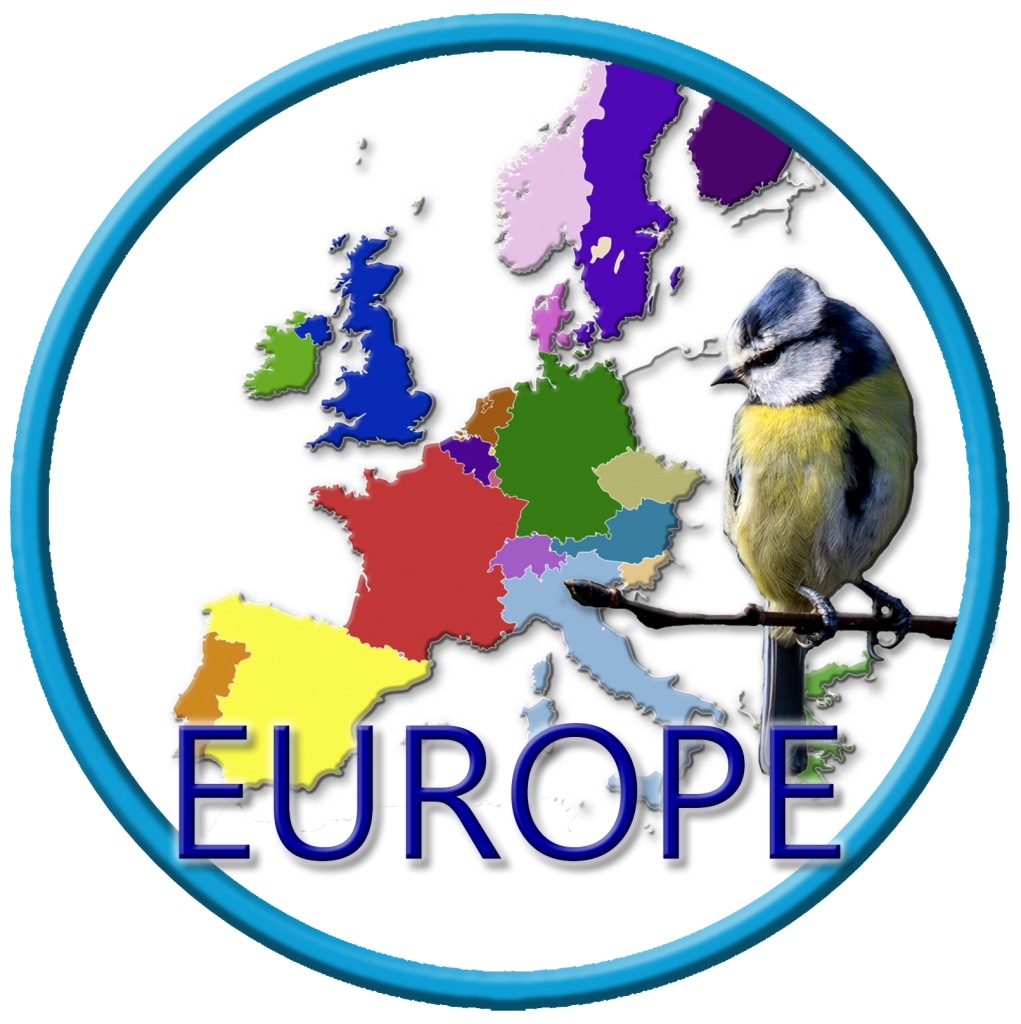
Western Europe Birds & Birding (#11/52): From the Highland Willow Scrub of Scotland to the Aegean Islands in the Sea of Crete, Western Europe is home to over 800 resident, migratory and vagrant birds. From songbirds to gamebirds and from waterfowl to raptors, you can find birds virtually in every nook and cranny of this beautiful area. *All images showcased in this blog series were taken and edited by me.
A Reflections of the Natural World Blog Post Series by Jim Gain

Physical Characteristics:
The Pied Avocet (Recurvirostra avosetta) is an elegant wader bird with distinctive features. Its most notable feature is its upturned, slender, black bill, which curves upwards like an elegant scimitar. The Pied Avocet has a striking appearance. Its most notable feature is its upturned, slender, black bill, which curves upwards like an elegant scimitar. It’s plumage is predominantly white, with a contrasting black cap on its head and a black stripe extending down its neck. During the breeding season, the Pied Avocet develops a beautiful rusty-orange coloration on its head, neck, and upper breast. Its legs are long and blue-gray, allowing it to wade in shallow waters with ease.

Diet:
The Pied Avocet primarily feeds on aquatic invertebrates such as crustaceans, insects, and small mollusks. It uses its unique bill to sweep through mud and water, capturing prey items. The upturned bill allows it to reach deeper into the substrate. During feeding, the Pied Avocet often performs a graceful side-to-side sweeping motion with its bill to disturb and catch hidden prey.

Abundance and Distribution:
The Pied Avocet has an extremely large range. It occurs across various regions, including Europe, Asia, and Africa. In Europe, it breeds in countries such as the United Kingdom, the Netherlands, and France. During migration, northern populations move south between August and October, returning to breeding grounds between March and May. In Africa, the species is present year-round in many areas, while in parts of Western Europe, it remains throughout the year as well.

IUCN Red List Status:
According to the IUCN Red List, the Pied Avocet is classified as a species of Least Concern. This designation indicates that the global population is not currently facing significant threats that warrant higher conservation concern. However, continuous monitoring of the species’ status and preservation of its habitats are essential to ensure its long-term survival

In summary, the Pied Avocet’s elegant appearance, specialized feeding behavior, widespread distribution, and favorable conservation status make it a remarkable bird in wetland ecosystems.
PIED AVOCET WAS LIFER # 1055
